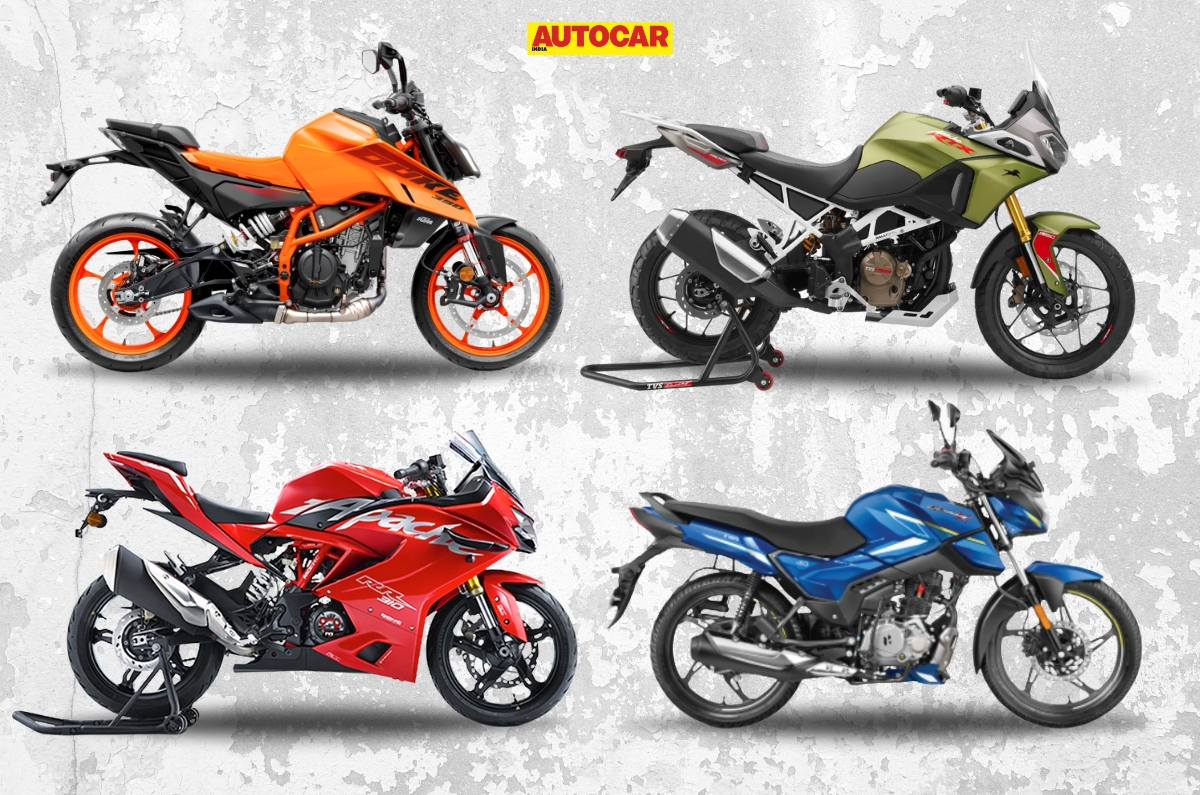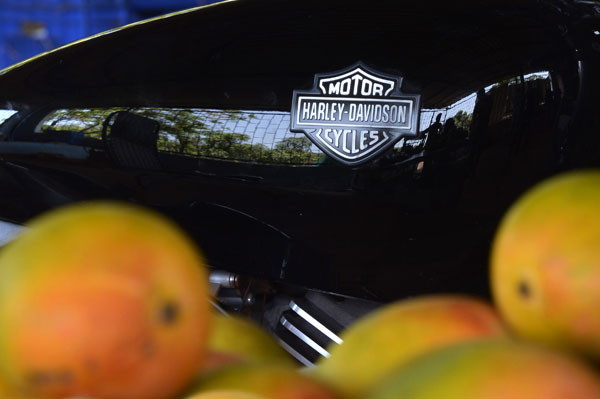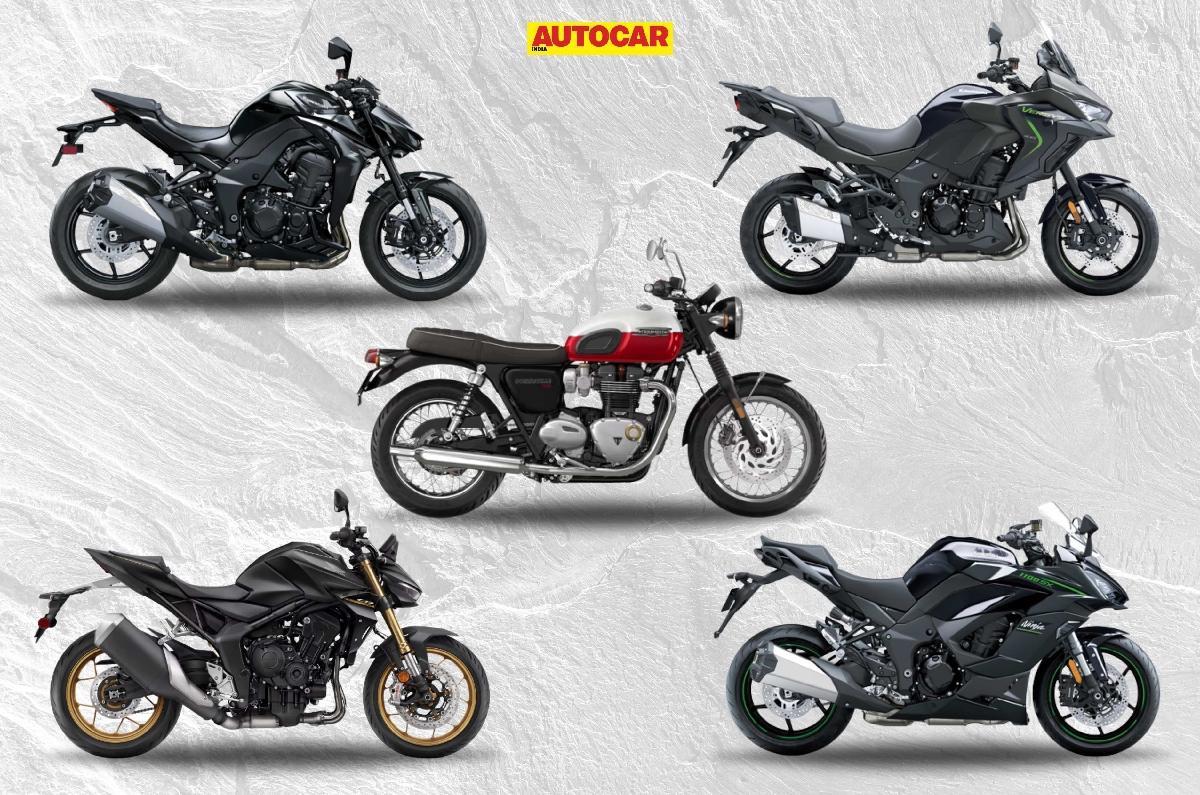Nobody tries to be a Hayabusa anymore. Nobody says it out loud, but I’m sure everybody wants to be one. I can’t guarantee it, but it feels obvious. It’s human, after all. We spend a lifetime trying to be memorable – at least those of us to whom it occurs to. Almost all of us fall short, too. The Hayabusa has lived two lives already and it’s in the third that we exist. There may never be a fourth, if that asteroid really does hit. And yet, it will forever be alive. It’s the fastest production motorcycle in the world, even though it stopped being one almost 15 years ago.
Chronokinesis comes from science fiction – my least favourite genre of stories, I must declare. Somehow, sci-fi has never managed to inspire or fascinate me, and I, therefore, shouldn’t claim to know a great deal about the term. If I were to take my honesty a step further, I would have to admit I hadn’t known of the term until a search on the internet brought it to my attention.

According to the Marvel fandom database, chronokinesis is ‘the ability to mentally alter time’. Those with chronokinetic powers, says the website, can ‘travel through time, control the speed of a subjects’ movement, slow down foes and speed oneself up.’ Because some people take this sort of thing extremely seriously, it goes on to state ‘this ability may also include the manipulation of space as well in accordance with the time-space continuum.’ Among those with chronokinetic powers, however, are an awards trophy with a sprocket sticking out of its head (called Tempo, by the way) and a sort of radioactive potato called Doop. It’s boring, this Marvel business.
You should see how quickly the Hayabusa shoots from standstill to 200kph. Suzuki claims it takes 6.8 seconds, but these aren’t ordinary 6.8 seconds. You cannot equate 6.8 seconds of time spent eating, or at work – the way some of us do when imagining what three or five or 10 seconds of acceleration must feel like. There is no substitute or simulation for the way a Hayabusa accelerates. You just have to be there and experience it. Not all of us can, of course. But we can all want to, no?
Easy speed
The Hayabusa is to motorcycles what Ferrari is to two-door coupes. Colloquially, at least. I first saw one in 1999. Four of them, actually, wrapped in cling film at a garage owned by my father’s friend. Only months before that, I’d seen it in a magazine being ridden by Roland Brown. That it was already on our side of the ocean so quickly was beyond comprehension. Chronokinesis, perhaps? The years that followed saw the name come up in typical childhood conversations involving liberal exaggeration. Somebody’s uncle owned one. Somebody sat behind one. Somebody claimed to know a statistic that was anything but true. Still, the name lingered. Then Dhoom happened. Now everybody knew everything there was to know about the Hayabusa. The list of memorable motorcycles at the time was small and rather easy to remember. RD350, RX100, CBZ, Pulsar, Karizma, Hayabusa.

I rode one – the first-generation – about five years ago. If this is anything to go by, I had clocked my first (and last) 320kph on it barely 20 minutes after having met it. The Hayabusa is not just about speed – it’s about easy speed. It’s this casual effortlessness that elevates it to a level that makes it incomparable. For someone with a newfound liking for archaic bikes, the Hayabusa feels like the most aerodynamic reality check in the world. Thankfully, I’m past the point where I believed it was possible to objectively evaluate a Hayabusa. Right now, the Hayabusa is just throwing sensations at me, figuring out how much ‘fast’ I can really handle. Most of them feel like hearty laughs, some, like punches, squarely to the nose.
My initiation to the new Hayabusa was one of rapid transitions. From the morning of an unseasonal shower (a mighty irritant, even to a pluviophile such as myself) to keeping its pointy end facing a barren airstrip, a lot happened in a curiously short period of time. I’d only just graduated from ‘B’ mode to the no-holds-barred ‘A’ and I had already aligned with a Christmas tree, the sort you find only at the rubbery end of a drag strip. The revs held out at a menacing 8,000rpm, courtesy the launch control, waiting to find someone brave enough to dump the clutch. That wasn’t going to be me, for sure. The ‘softer’ 6,000rpm launch was intense enough for me. A very quick prayer and a million checks later, I was the world’s quickest sub-400kg lump. Well, the Hayabusa alone weighs 266kg.

The timebender
It’s not the quickest motorcycle in the world; it’s probably not even in the top five. There is, however, something ‘organic’ about the way a Hayabusa accelerates. It’s also one of the few motorcycles on which you can ‘feel’ the aerodynamics. The Hayabusa is not a featherweight and, despite the volume of that has gone into making the present-gen, there’s very little in terms of trickery, and absolutely no gimmicks. Whatever is there, is there to make you go fast – with as little effort as possible. First gear takes you up to 140kph; I know this because I tried every single day I spent on it. Oh, and if you thought you could ever run out of excuses to do 200kph, you should ride a Hayabusa. It doesn’t numb 200kph down like you’d expect, but it doesn’t make it seem like a feat either. 200? 250? 280? Chomp, chomp, chomp...

The context calibrates even better when it meets the first of its kind – the original. The newest of them is equally a Hayabusa, but there’s an irreverence to the original that today’s norms unapologetically elbow out. It’s not merely the lack of ABS – or any electronic assists, whatsoever – on a 320kph bike, it’s that its visual identity far overshadows its aesthetics. It’s big and ugly to some, and uglier than it is big to others. Design conformity has never been the Hayabusa’s thing. The most aerodynamic joke in the world? Sure. It’s hilarious, but the joke’s still on everyone else.
Past forward
Weirdly, the one thing I really wanted to do with the Hayabusa was to ride it in the bylanes of Bandra. A part of it was nostalgia – these are the lanes I spent my college years in, the other was simply to see the Hayabusa the way others would. Blurry glimpses of something big. You could hear it coming and going, but for barely a whole second would it be right there, in front of your disbelief-filled eyes. It helps that the bylanes I speak of are the narrowest of their kind, requiring wholesome steering inputs and a very light hand on the throttle. The Hayabusa fills up these lanes – miraculously, wide enough for auto-rickshaws and even SUVs – substantially. Roughly 12 years ago, I stood leaning against the very wall you’ll see in one of these photographs. It was way past midnight and it had been an evening of revelry typical of that time of my life. I was all of 20, my bank account was dry as the desert and the consequences of everything I did would only last until the end of that day. Or so I believed, at the time.

Twelve years since, I found myself right there – or had I been there all along? Chronokinesis, see? However, I am now 32, my bank account is still as dry and, curiously, simple things like bending over to tie my shoelaces have long-lasting consequences. The last time I was here, though, I was at the beginning of a career in motoring journalism. There was no sign to indicate it was going to last as long as it has – despite my best attempts to jeopardise it – and even if I had known, I doubt I had the aptitude to do anything differently. Or better, most certainly. Perhaps, this passing of time has only been an illusion. Is our reality someone else’s fiction? Can it not be, especially since the universe is larger than we like to believe anyway? How much time do we have until that asteroid hits? Oh, that reminds me, it’s time to do 200kph again.
We’d like to thank Rohit Bhandari for bringing along his gorgeous first-gen Hayabusa and Yogi Chhabria of YC Design for helping making this story happen.















































